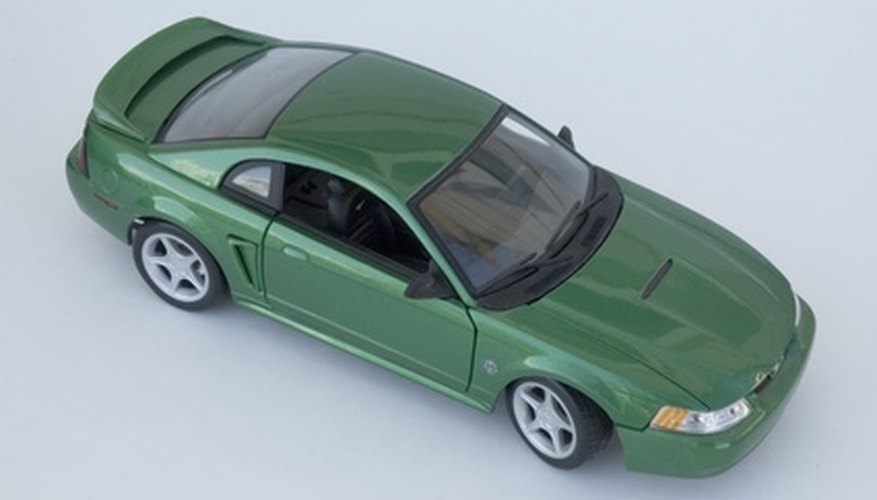Turning circle, also commonly referred to by the misnomer "turning radius," is the amount of space needed for a vehicle to make a full 180-degree turn while keeping its base in one location. The term does not imply a wall-to-wall turn, or the space needed for a vehicle to turn in an alley without either end hitting a wall, but the space for the wheels themselves to turn without accounting for the overhangs and contours of the vehicle. Although there is no firm equation that can be used for every vehicle, a close approximation can be written as follows:
- Turning circle, also commonly referred to by the misnomer "turning radius," is the amount of space needed for a vehicle to make a full 180-degree turn while keeping its base in one location.
- The term does not imply a wall-to-wall turn, or the space needed for a vehicle to turn in an alley without either end hitting a wall, but the space for the wheels themselves to turn without accounting for the overhangs and contours of the vehicle.
Turning circle = (track / 2) + (wheelbase / sin(average steer angle))
Determine the track. Track is the length of the wheel track, or axle, from one wheel to the other.
Determine wheelbase. Wheelbase is the length from the centre of the front wheel track to the centre of the rear wheel track.
Determine average steer angle. This prevents a vehicle from slipping sideways the front wheels do not turn at the same angle. Because the wheel on the inside of a turn has a shorter distance to go, its angle is less than that of the outside wheel. Average angle can be found by ending the angle of the two wheels and dividing the sum by 2.
- Determine average steer angle.
- Because the wheel on the inside of a turn has a shorter distance to go, its angle is less than that of the outside wheel.
Place your numbers into the equation.
Divide the length of the wheel track by 2.
Multiply sine by the average steer angle.
Sine is the trigonometric function to define the y coordinate at the point within a circle that is located at a certain number of degrees from the original x,y location. Most calculators or other programs with have an automatic "sin" function.
Divide the length of the wheelbase by the product of sin times average steer angle.
Add the two values together. This is your turning circle.
WARNING
Keep in mind this is an approximate answer. The equation can't take into account certain variables such as the width of the tires, road conditions and speed. There is no equation that can determine the space of every turn of every vehicle.
